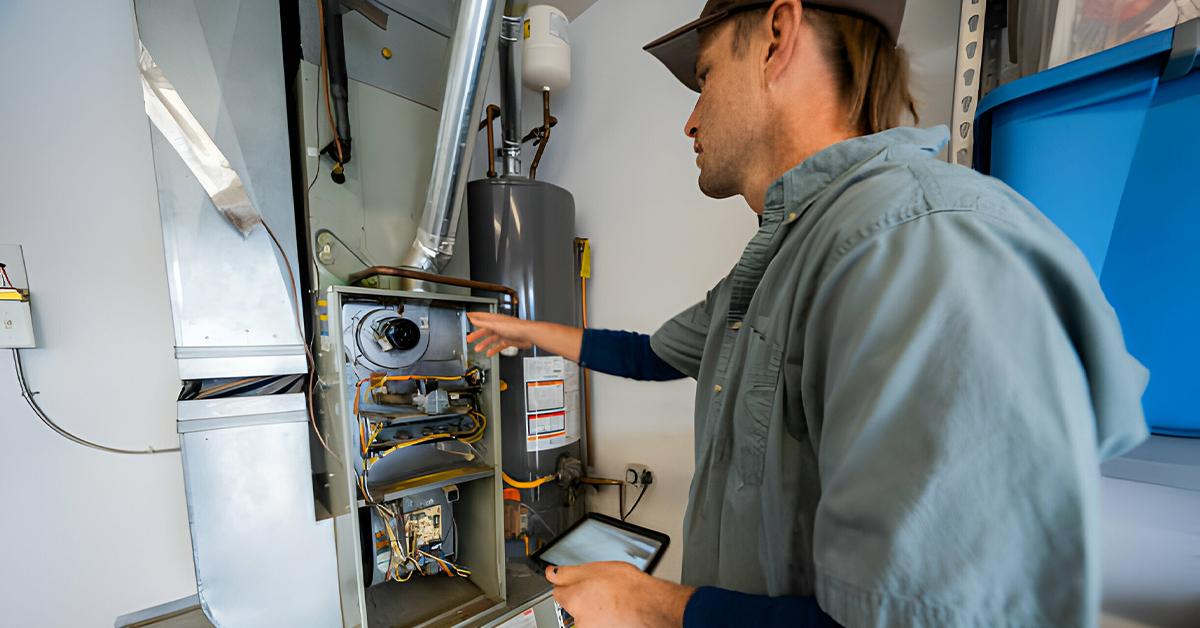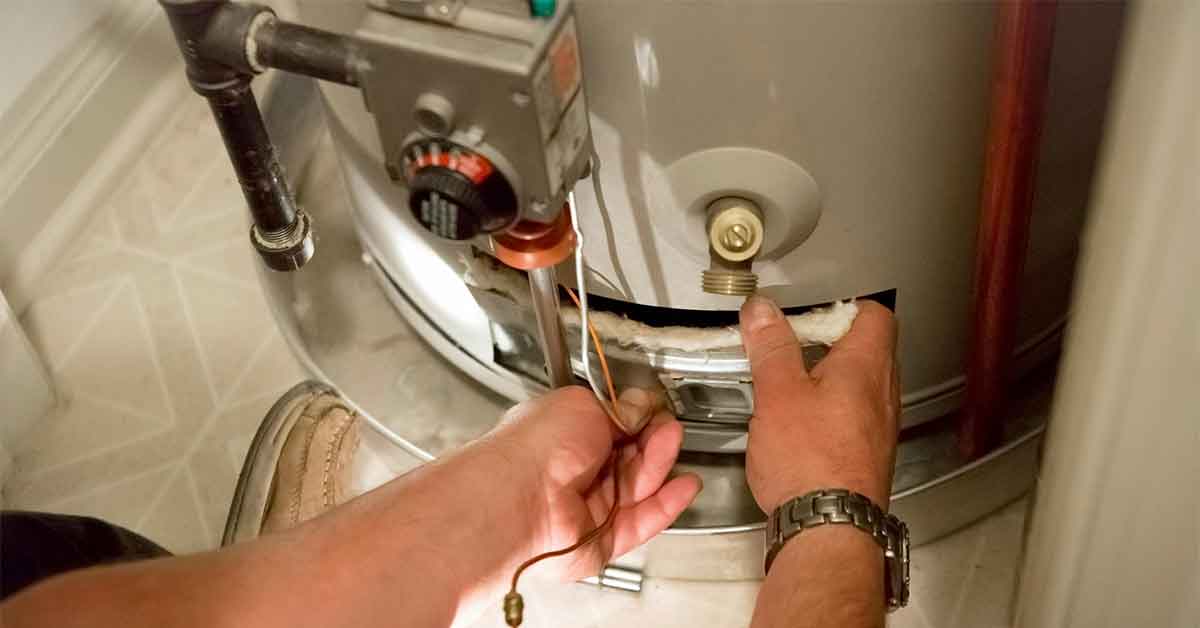Blog


Decoding the AC Glossary for All Homeowners: A Comprehensive Guide
As summer approaches, air conditioning becomes a crucial part of our lives. While we all know the importance of ACs in keeping our homes cool and comfortable, not everyone is familiar with the technical jargon related to air conditioning. Understanding the AC glossary is essential for all homeowners to make informed decisions regarding their HVAC systems. In this blog, we will decode the AC glossary for all homeowners and provide a comprehensive guide to understanding the technical terms related to air conditioning.
Common AC Terms
- SEER – Seasonal Energy Efficiency Ratio: The rating of an air conditioning system’s efficiency over the course of a cooling season is known as the SEER.This measure takes into account variations in temperature, humidity, and other environmental factors that can affect the performance of a system.
- BTU – British Thermal Unit: A British Thermal Unit (BTU) is a measurement of energy that is most commonly used to measure the power of heating and cooling systems.
- Compressor: A compressor is an integral part of the air conditioning system as it compresses and circulates refrigerant gas through the system. The compressor converts the low-pressure, low-temperature refrigerant gas into a high-pressure, high-temperature refrigerant gas. It is powered by an electric motor and is typically located outside in the condensing unit of the AC system.
- Condenser: The condenser is a component of an air conditioner or heat pump system that transfers heat from inside a building to the outside ambient environment. It works by evaporating a liquid refrigerant which cools and condenses hot gaseous refrigerant inside of copper tubing which passes through a finned aluminum coil. The coils then release this heat energy outdoors where it dissipates into the environment.
- Evaporator: An evaporator is a component of an air conditioner or heat pump system that extracts heat from inside a building and transports it outside by evaporating a liquid refrigerant inside of copper tubing which passes through a finned aluminum coil. As the liquid evaporates, it absorbs thermal energy from its surroundings, cooling them down in the process.
- Refrigerant: Refrigerant is a substance used to transfer heat between two different mediums in order to provide cooling or heating services. Refrigerants are typically liquids with low boiling points, allowing them to vaporize easily under pressure when they move through the components within an air conditioning or heat pump system, such as compressors and evaporators or condensers and expansion valves.
- Thermostat: A thermostat is an electronic device used to maintain comfortable temperatures indoors by controlling heating, ventilation, and air conditioning systems (HVAC). The thermostat monitors temperature levels in various locations within a building, then activates HVAC systems as needed to maintain desired temperatures throughout the entire space.
- Ductwork: Ductwork consists of individual channels for heating and cooling systems used for transporting heated or cooled air to various parts of buildings such as rooms, offices, etc. It typically consists of insulated metal ducts with dampers installed at certain points along its length allowing for precise control over airflow direction and amount within any given area being served by HVAC systems
Types of ACs
- Central AC: Central air conditioning (AC) is an HVAC system that uses ducts to circulate cooled air throughout an entire home or building. It utilizes a single, large outdoor unit and several indoor units to provide cooling in multiple rooms or living spaces at once. The central AC system is typically more expensive than other types of ACs but is also one of the most energy-efficient solutions for year-round comfort control.
- Ductless Mini-Split AC: A mini-split AC system, also known as ductless AC, is a more compact version of the central air conditioner. It offers homeowners increased flexibility when it comes to cooling their homes, allowing them to regulate temperatures in individual rooms or zones – without the need for constructing bulky ducts. The mini-split system uses an outdoor compressor unit that’s connected to several interior air handlers via refrigerant lines, thus offering more efficient cooling performance compared to traditional window units.
- Window AC: Window air conditioners are one of the most popular and affordable solutions for cooling specific parts of a house or office space. These units are typically installed in window frames or walls and consist of two main components – an evaporator and condenser exchange – that are mounted inside the structure along with a fan that blows the cooled air into the space being conditioned.
- Portable AC: A portable air conditioner is designed to provide cooling relief in places where traditional central systems may not be practical due to structural constraints or cost considerations. These self-contained units feature integrated fans and condensers that draw warm air from the room, cool it down via refrigerant coils, and then return it back as cold air through vents located on either side of the appliance’s housing body. Portable ACs can easily be moved from one room to another as needed making them ideal choices for those who may have temporary needs for localized cooling in their homes or offices.
AC Maintenance Terms
- Air Filter: An air filter is a device that removes contaminants and particulate matter from the air. It is typically made up of several layers of porous material and is designed to capture particles such as dust, smoke, pollen, and other allergens. Regular maintenance of the air filter system is important to ensure it functions properly and helps improve the quality of the indoor air.
- Coil: The coil in an AC system is essentially a metal tube or pipe that contains refrigerant gas. The heat from inside the building is absorbed by the coil and then transferred outside by the fan motor, which pulls in fresh outdoor air. Over time, coils can become clogged with dirt and debris, reducing their efficiency and causing them to need regular cleaning or replacement.
- Drain Line: The drain line is a component of an AC unit that drains condensation away from the system when it’s running. This line must be regularly inspected for blockage or debris buildup that could reduce efficiency or cause water damage in your home or business.
- Refrigerant Leak: Refrigerant leaks are one of the most common causes of AC breakdowns. Refrigerant leaks occur when there’s a break in an AC component that allows refrigerant gas to escape the system instead of being circulated properly through it. If this happens, it’s essential to have it repaired quickly in order to avoid further damage to your AC unit as well as potential health hazards associated with leaking refrigerants like Freon gas exposure.
- Condensate Pan: The condensate pan sits beneath an AC unit’s evaporator coil and collects any condensed water created during cooling operations which then drains away through a pipe/drain line connected to the pan itself. This prevents water from accumulating around your unit which can lead to corrosion or other structural damage over time if not dealt with properly. It’s important to periodically inspect and clean out this pan for proper operation and drainage of excess moisture from your AC system during operation.
- Capacitor: A capacitor is an electrical component used in many pieces of equipment such as HVAC systems, pumps, motors, etc., whose purpose is to store energy temporarily until needed by electronic circuits within those systems. It works similarly to a battery but has a much shorter lifespan than batteries do so they must be replaced periodically when they fail or start losing their charge capacity due to wear & tear on them over time. Failing capacitors can cause fluctuations in power output leading to potential issues with other components within your HVAC system so having them inspected periodically by a professional technician can assist ensure flawless operation throughout its lifetime.
- Contactor: A contactor is an electrical switch used primarily within HVAC systems, specifically those containing motors such as fans, compressors, etc. They work similarly to light switches & house circuit breakers but are rated for higher voltages & are responsible for controlling large currents flowing through these components. Contacts also generally feature overload protection which helps prevent electricity overloads & subsequent damage caused by these surges, however, these should still be checked periodically & replaced if need be – otherwise serious problems may result due to defective contactors not working correctly anymore.
AC Troubleshooting Terms
- Short Cycling: Short cycling is a phenomenon that occurs when an air conditioning unit turns on and off rapidly, in short intervals of time. This is caused by a malfunctioning thermostat and can be damaging to the unit. It can lead to excessive wear and tear on the compressor, as well as higher energy costs for the homeowner.
- Frozen Coil: A frozen coil is caused when refrigerant inside the system’s evaporator coil freezes up, due to low temperatures or inadequate airflow over the coil. This leads to decreased cooling capacity since the condenser cannot effectively remove heat from the air that passes through it. To prevent this from occurring, proper maintenance needs to be performed, such as regularly checking and cleaning evaporator coils and filters.
- Dirty Air Filter: Having a dirty air filter can lead to increased strain on an AC system, causing it to work harder than necessary and making it less efficient at cooling down a space. Dirty filters also reduce indoor air quality since they collect dust, pollen, and other contaminants which would otherwise be circulated throughout the home if not blocked by a clean filter. Therefore, homeowners should regularly replace their AC filters at least every 3 months for optimal performance levels.
- Low Refrigerant Charge: Low refrigerant charge occurs when there isn’t enough refrigerant circulating through an AC system due to leakage or other causes of loss of pressure in the line set. This leads to decreased cooling capacity since there isn’t enough pressurized coolant available for efficient heat exchange between components within the system. If left untreated, this could cause permanent damage due to excessive stress on components like compressors or evaporators overheating without adequate refrigerant flow-through cooling them down properly.
- Electrical Issues: Electrical issues with an AC unit may include problems with wiring connections leading to power supply interruption or malfunctioning thermostats leading to inaccurate temperature readings or improper signaling of operation cycles. Electrical issues can also result from faulty capacitors that fail in providing proper power levels for starting up certain motors within the unit such as fans or compressors which lead to reduced performance levels or a complete lack of functionality until fixed correctly by a qualified technician
Conclusion:
In conclusion, understanding the AC glossary is crucial for all homeowners to make informed decisions regarding their HVAC systems. By decoding the technical terms related to air conditioning, homeowners can troubleshoot common AC problems, maintain their systems, and choose the right type of AC for their homes. We hope this comprehensive guide will help all homeowners become familiar with the AC glossary and make their summers more comfortable and enjoyable.




